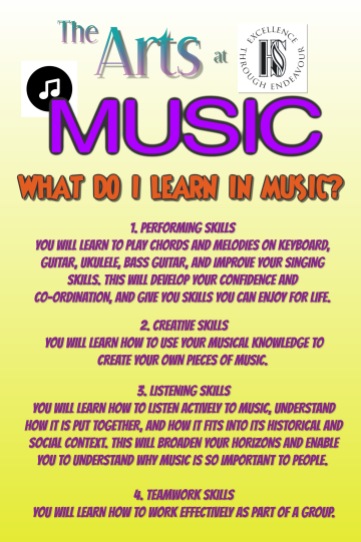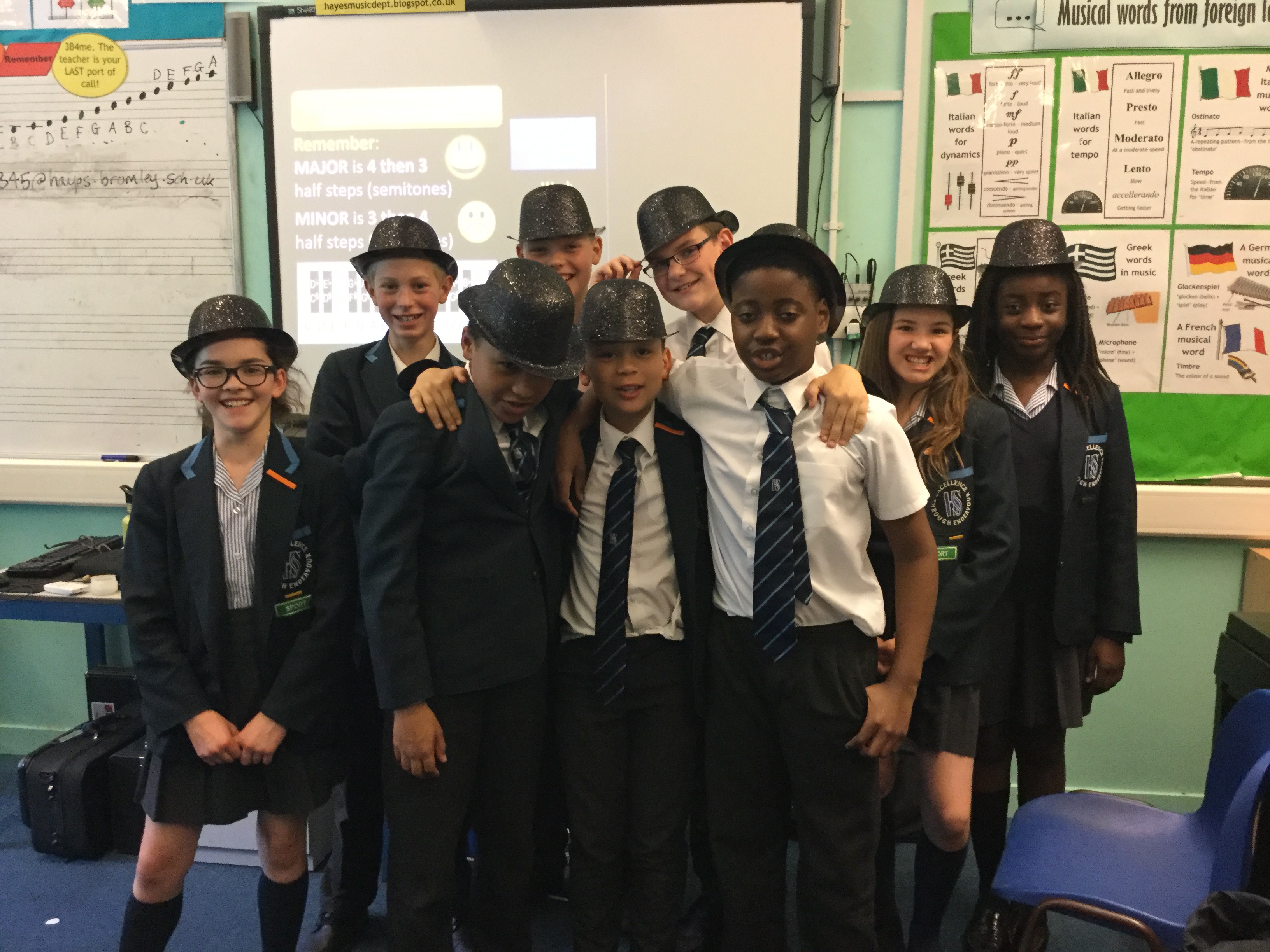I seem to have become Mrs Radar Diagram over the last 8 or so years. So many people have been in touch to tell me how they’ve found them useful too, and have adapted them for their own practice. Some people have done amazing digital things with them, others have integrated them with Google Classroom and so on. It’s been brilliant to hear about it all.
It’s disappointing that so many music teachers are still being forced by their schools to do jiggery-pokery with data, and devise ‘scientific’ methods to come up with quasi-levels to report home with. It is such a monumental load of old bollocks. You might as well use the Duckworth Lewis method. If this is the situation you are in, you have my deepest sympathy. The best advice I can give you is to choose the easiest method possible to give your managers the numbers they desire.
Anyway, if you’ve read this far it’s probably because you’re wondering what the meaning of my dramatic headline could be, so I won’t keep you in suspense any longer. You’ve guessed it, I’m giving up radar diagrams.
Why?
In a nutshell, because the effort that goes into them is not reciprocated by the value that we and our students get out of them. There is an input/output imbalance.
Yes, they look amazing, and show a really detailed picture of what students have done over time. They enable us to keep track of what groups are doing over the course of an extended project. This is useful, especially when we all have multiple classes and none of us can possibly recall whether Johnny was using a ukulele or a keyboard last week, if he can’t remember himself. However, last year, I started using my own unstructured, notes-to-self in my notebook for that. I still used a different coloured pen each time (I love pens. I know I’m not the only teacher with this particular kink), and added to the previous lesson’s notes, but with my own squiggles and symbols. What I was taking out was the need to make my notes understandable for anyone else, which made them much quicker to do, and less likely to need revisiting out of lesson time.
Previously, the radar sheets were used to give feedback to groups. This is where they were proving less effective. Students didn’t really ‘get’ the radars themselves. I know we could spend more time explaining them, but we’ve got much better things to do with our time (i.e. music) and the most effective feedback moments are those ‘in the moment’ things when you say things like ‘try it like this’, ‘just move that finger there’, or ‘hold it the other way up.’ What we wrote on the sheets had very little impact on what students did.
‘But they’re such good evidence!’ I hear you say. Yes, they are. But I’m still waiting for anyone actually to demand evidence from me, and I think I’m ready now to say that I’m just not doing anything for the sake of generating evidence that I’m teaching my students. Just look at and listen to what they’re doing. There it is.
So what will I do instead? I will continue to make my scrappy, multi-coloured, incomprehensible-to-anyone-else notes for myself. Verbal, valuable in-the-moment feedback will continue unabated. There are so many recurring themes that whole-class feedback, on a slide, will pull these together the following lesson (once I have tested and wreaked this, I’ll put it here) and provide a platform for moving-on strategies.
Another area where the radar sheets were falling short of what I wanted was keeping track of students’ achievements over time. Even back when we were transferring the radar data to a tracking spreadsheet (which took hours, and was next to no use) the big problem was that students didn’t have access to their own stats. I know some teachers have found brilliant solutions to this, but while we’re a Microsoft school, we don’t have full Teams integration, and using OneNote for this kind of thing proved clunky and time-consuming – again, the effort involved was not reflected in the gains.
Last year we tried this, on the back of students’ Wider Listening booklets:

It was a horrific failure. It took ages to do. Students didn’t understand the numbers. Plus our school system for attitude to learning (A2L) grades goes the other way from radar scores (on a radar, 3 = can do very well; for A2L 1 is outstanding and 5 is execrable). Having targets going from one project to the next is futile – if I can’t remember my own performance management targets, how can I expect my students to remember a target? As before, we’ve got much better things to do than keep going on about targets.
We need a system that is much more direct and easy to understand. So we’ve invested in a set of gold, silver, and bronze 1cm star stamps for each teacher. The back of the booklet has space to write what the star is awarded for – which could be anything the teacher deems worth assessing, and could be a small, single thing, or something more cumulative – and then precisely-sized circles for stamping into. We wanted a special, sub-bronze stamp for students who have put in no effort: we didn’t want to leave it blank for those who were present, but did nothing. I thought about having a poo emoji, but could feel the parental complaints on the horizon, so we went for a sad-face emoji instead. The page gives space for the same thing to be assessed more than once, so someone could go from silver to gold, say, or sad-face to bronze. Again, once we’ve done all of this in practice for a bit, I’ll report back here.




























 I also used the ISM framework for curriculum design and assessment at KS3 (it’s
I also used the ISM framework for curriculum design and assessment at KS3 (it’s 